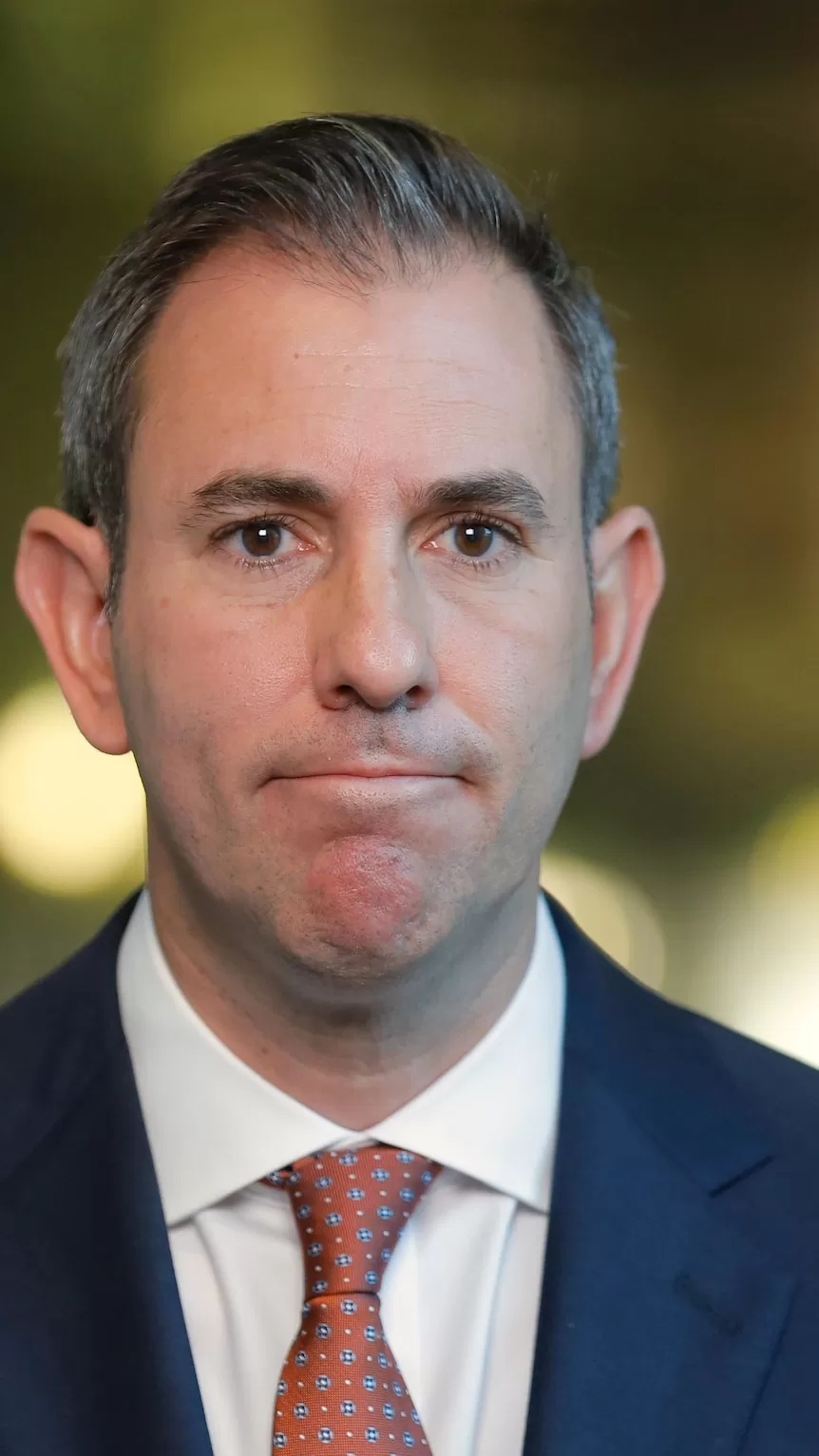Federal Treasurer Jim Chalmers is set to manage the expectations of a larger surplus in a pre-budget address, warning a decline in iron ore prices and a softening labour market will impact the bottom line.
In an address on Thursday afternoon to the Committee for Economic Development of Australia, the treasurer is posed to outline the government’s economic strategy with revenue upgrades to be smaller than originally expected.
The government has some big spending commitments ahead of it including an expansion of the NDIS, aged care and university funding.
But the sentiment coming from within the government is that a surplus will still be delivered, just not the one it expected.
In its Mid-Year Economic and Fiscal Outlook (MYEFO) delivered at the end of last year, the government had an extra $64.4 billion.
The MYEFO flagged $9.8 billion in new spending cuts, mostly from scrapped infrastructure projects and $5.2 billion in new spending it claimed was “unavoidable”, including $1.5 billion to scrap a pandemic-era visa program.
Mr Chalmers will use the address to outline what he believes are the “three biggest drivers of our thinking about this third budget”.
“Global uncertainty, persistent cost-of-living pressures, and slowing growth,” he will say.
“The revenue upgrades will be smaller.
“In each of our first two budgets, we benefited from more than $100 billion in revenue upgrades.
“This year, we won’t see anything like that.
“In fact, we are even looking at much less than the $69 billion we booked in the latest mid-year budget update.”
Commodities to play part in potential lacking surplus
A major factor contributing to this shift, the treasurer will say, is the decline in the price of iron ore, which has fallen by nearly 10 per cent in the past week due to concerns about the demand for steel in China.
The current price stands approximately 20 per cent lower than the corresponding period leading up to last year’s budget, trading at less than $94 a tonne.
An estimate suggests that for every $10 a tonne above the forecast, the budget gets an extra half a billion dollars added to it each year.
Thermal coal has not shown significant improvements with its current price a third lower than the previous year.
The treasurer will acknowledge the resilience of the labour market but will highlight its softening, indicating that substantial revenue upgrades, as witnessed in the past, might not be replicated this time.
“At the end of last year, there were 14.2 million Australians in work – this is around 500,000 more than Treasury was forecasting at the time of the election,” Mr Chalmers will say.
“We welcome this, but we don’t expect to get such upside forecast surprises this time around.”
